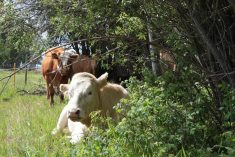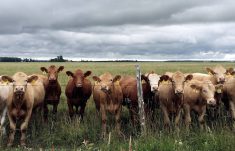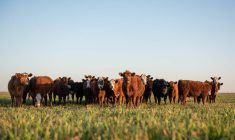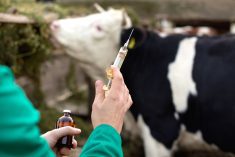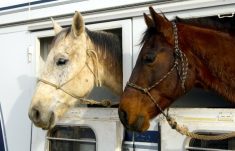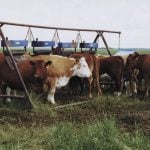Initial symptoms for bovine tuberculosis can be “quite vague” and hard to spot.
“The general symptoms for an animal infected are depression, lethargy, and chronic weight loss,” said Dr. Cody Creelman, who works at Veterinary Agri-Health Services in Airdrie.
“You may or may not see a fever, and as it progresses and gets quite severe, that’s when you may notice respiratory issues like pneumonia, where you have difficulty breathing or decrease in respiration.”
But there are very few symptoms early on, making it difficult to detect and diagnose, said Creelman.
Read Also
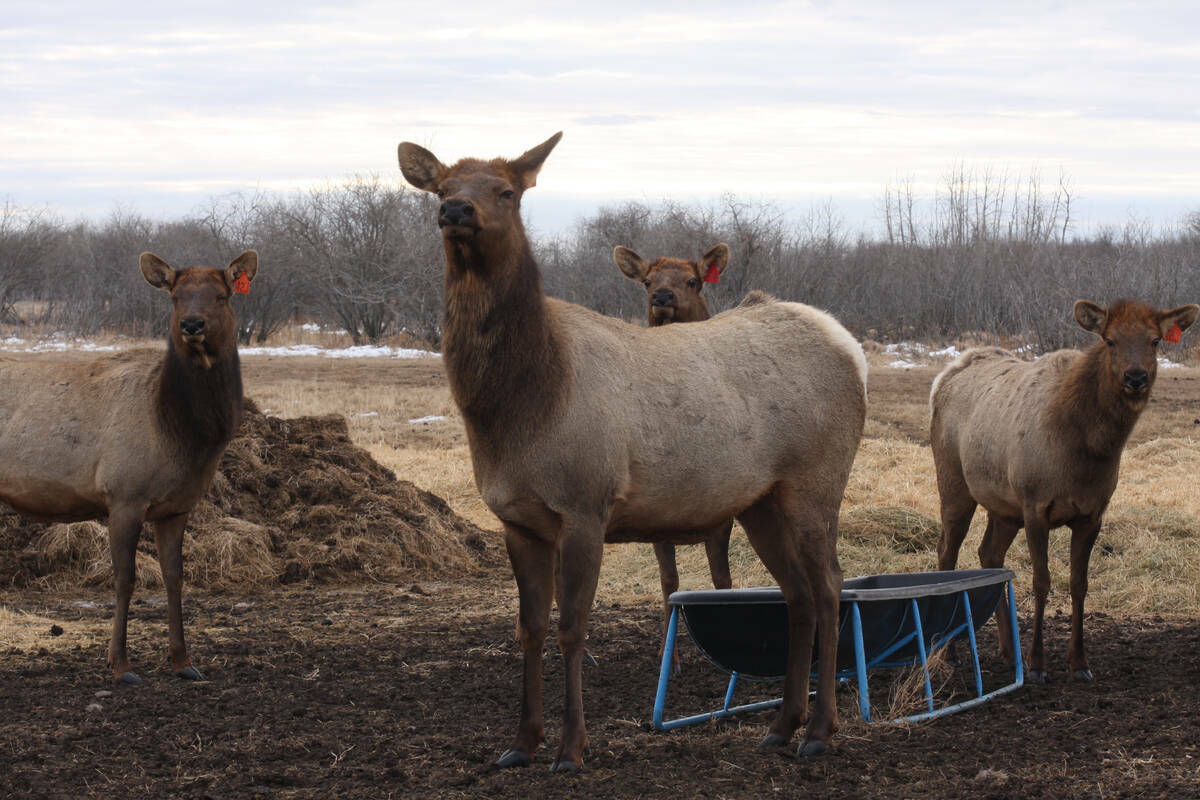
Cervid harvest preserves to be developed in the province under Bill 10
The Government of Alberta has given approval for creation of cervid harvest preserves.
“There are really no outward signs — they’re so mild or non-existent,” he said.
“Any time there’s ever been an animal diagnosed with TB, we haven’t seen it clinically. It’s been diagnosed in the kill plant,” added Dr. Eugene Janzen, a professor at the University of Calgary faculty of veterinary medicine.
A type of bacteria, tuberculosis is spread through inhalation and direct contact among cattle or wildlife that are also carriers for the disease.
“You could transmit from cow to cow, but having wildlife nearby might increase transmittal,” said Creelman. “There is the potential for fenceline contraction, so if you have the ability to not have your animals in adjoining pastures with other animals, that’s a good biosecurity measure. But in some cases, that’s not at all practical.”
Following the “general principles of herd biosecurity” is the best bet for protecting a herd from infectious diseases.
“It doesn’t matter if we’re talking about tuberculosis as the disease or infectious bovine rhinotracheitis or bovine virus diarrhea or any of the ones that are transmissible,” he said.
“A closed herd makes your herd safer in general — being very selective about the animals you’re bringing in and keeping your own replacements.”
Janzen agrees.
“The biggest risk to a herd is another herd, so be aware of where you’re buying animals from. When you’re bringing other cattle into your herd, be sure that they’re coming from a TB-free herd.
“That’s probably the only thing that’s within your control.”



